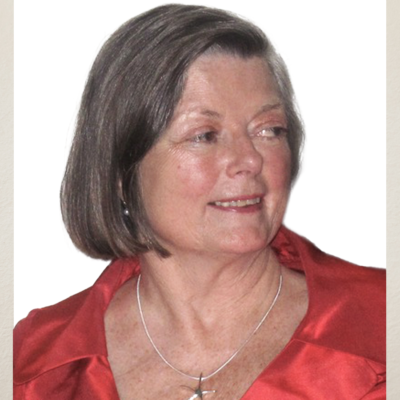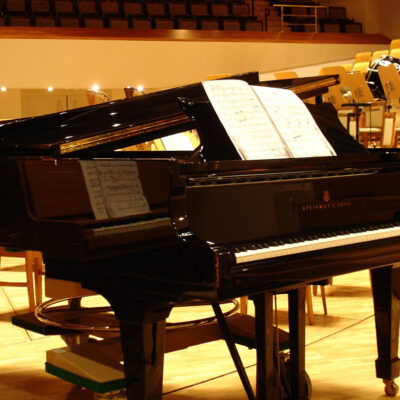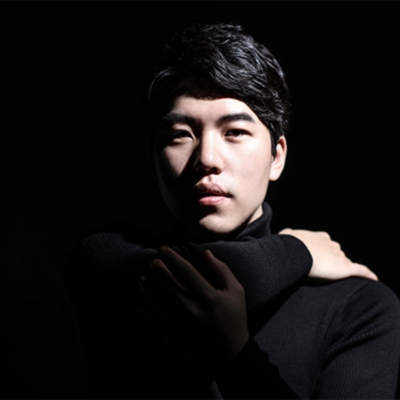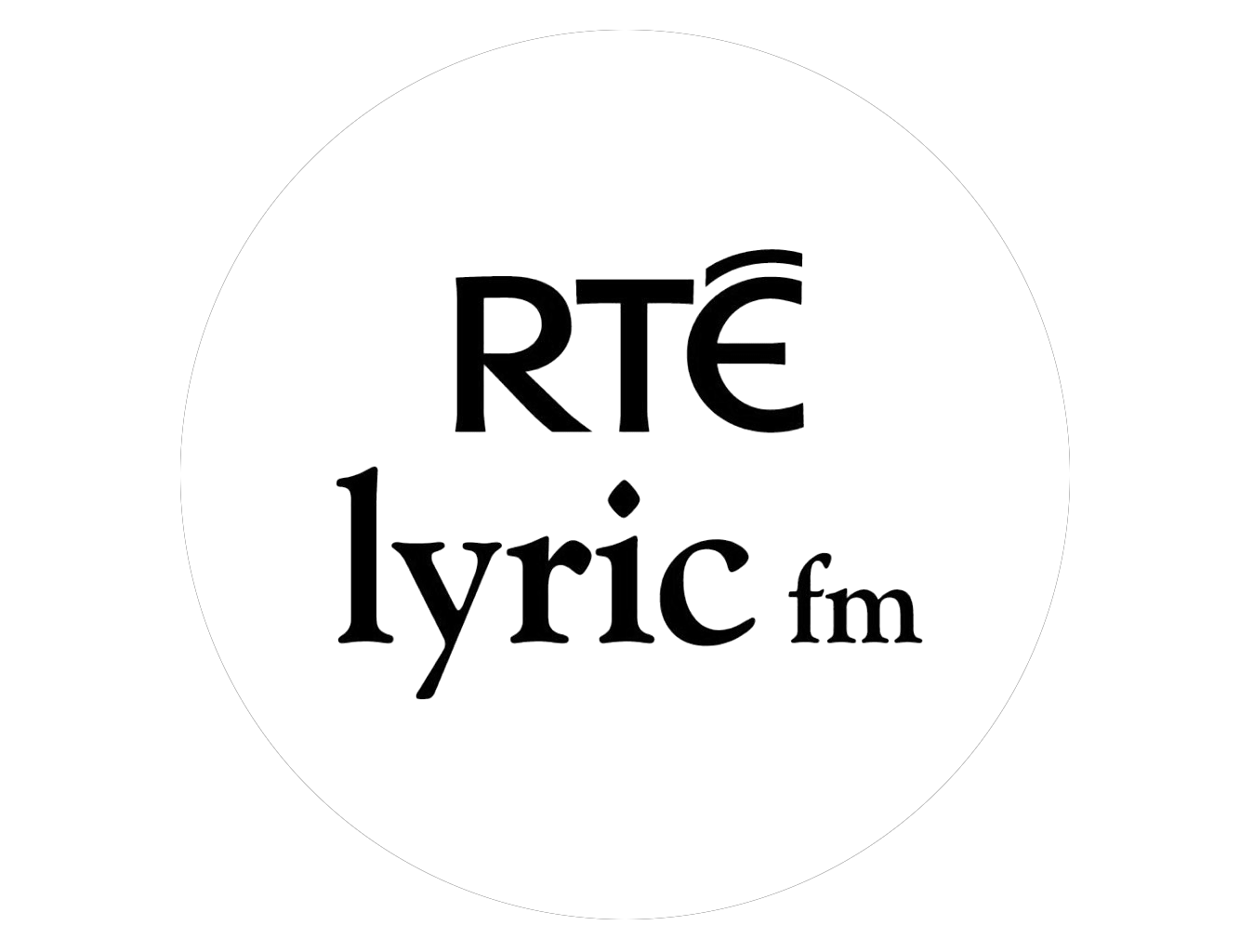Location

The National Concert Hall, Ireland’s premier classical music venue and home to the National Symphony Orchestra, has been the backdrop to the Competition for over 30 years where the exciting Finals have been broadcast live by RTÉ, Ireland’s public service broadcaster.
Visit the National Concert Hall
TU Dublin Conservatoire is a centre of excellence for education in the performing arts, located in state-of-the-art facilities on the new TU Dublin City Campus at Grangegorman. Now a significant cultural resource in the northwest quarter of Dublin city, the East Quad gathers together the energy of nearly 3,000 musicians, artists, designers, filmmakers, actors, directors and theorists of culture, media and society, whose work inspires new directions across all areas of Ireland’s cultural life. Alongside lecture halls, workshops, studios, rehearsal rooms, labs, recording and editing suites, the East Quad is home to three new performance venues, including a Recital Hall, Blackbox Theatre and flagship 400-seat Concert Hall.

The Department of Keyboard Studies at TU Dublin Conservatoire has a long history of producing prize-winning pianists and organists, from Junior Conservatoire piano students through to advanced pianists studying at doctoral degree level. Our esteemed faculty takes pride in delivering a holistic and student-centered piano education which achieves the highest standards of performance excellence, through a combination of one-to-one lessons, collaborative piano, chamber music, improvisation and piano ensemble opportunities. The Department is privileged to have Dr. John O’Conor as Distinguished Visiting Artist and Dr. Barry Douglas as Visiting Professor and is home to The Progressive Piano Teacher, a forum for online and in-person piano teacher education.
Dublin
Ireland’s vibrant capital city Dublin is the largest city in Ireland, straddling the River Liffey.
Founded as a Viking settlement, the Kingdom of Dublin became Ireland’s principal city following the Norman invasion. The city expanded rapidly from the 17th century and was, for a time, the second largest city in the British Empire before the Act of Union in 1800. Following Irish independence in 1922, Dublin became the capital of the Irish Free State and later the Republic of Ireland.
It is a historical and contemporary centre for education, the arts, administration, economy and industry.
Thanks to its native son James Joyce, Dublin is one of the most famous cities in literature. It has been home to many prominent literary figures, including Nobel laureates William Butler Yeats, George Bernard Shaw, Samuel Beckett and Séamus Heaney.
Ireland’s biggest libraries and literary museums are found in Dublin, including the National Print Museum of Ireland and the National Library of Ireland. In July 2010, Dublin was named as a UNESCO City of Literature.
Ireland also has a long musical heritage spanning the centuries, from the ancient harp music of the poet bards to U2. Handel worked for a time in Dublin and the first performance of The Messiah took place in Dublin’s city centre. Singing has always been a particular favourite of Dublin audiences too, from classical to traditional to contemporary performances.
The city was an important destination for opera at the turn of the last century, and Irish singers today grace opera stages globally. Ireland also has a growing reputation in contemporary composition — further nurtured by the DIPC, which always features competition performances of Irish works.
Dublin has more green spaces per square kilometre than any other European capital city, with 97% of city residents living within 300 metres of a park area.
Dublin experiences a maritime climate with cool winters, mild summers, and a lack of temperature extremes. The average maximum January temperature is 8.8 °C (48 °F), while the average maximum July temperature is 20.2 °C (68 °F). On average, the sunniest months are May and June, while the wettest month is October with 76 mm (3 in) of rain, and the driest month is February with 46 mm (2 in). Visitors can always count on rain, as rainfall is evenly distributed throughout the year.
The city is listed by the Globalization and World Cities Research Network (GaWC) as a global city, with a ranking of “Alpha“, placing it among the top thirty cities in the world.
Dublin has a city centre population of 525,383 in the 2011 census. The County Dublin population was 1,273,069 and that of the Greater Dublin Area 1,804,156.
Links
Dublin:
Dublin Transport:
Department of Foreign Affairs:
Áras an Uachtaráin:
Irish Visa Requirements
For those people wishing to visit Dublin — to compete in the Competition or to accompany a Competitor — be sure to check the current visa entry requirements for the Republic of Ireland.
Please note that Ireland is not a signatory of the Schengen Agreement, and that a Schengen Visa does not necessarily allow a national of a country outside the European Union to enter Ireland. So, if you are from a country outside the European Union, even if you hold a Schengen Visa, please check the Department of Foreign Affairs website to see if you require a separate Irish Visa.
Visas for Ireland
Visa requirements for entering Ireland

